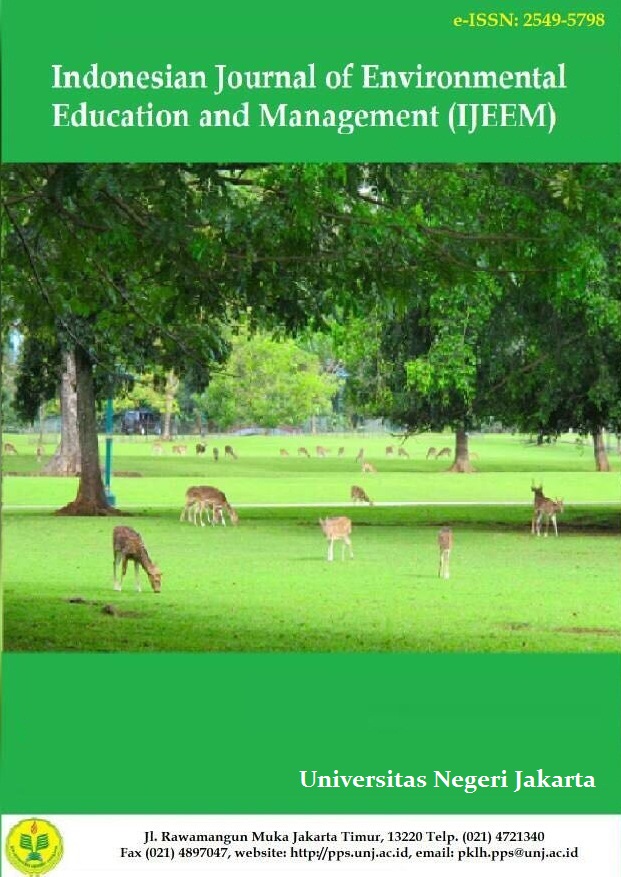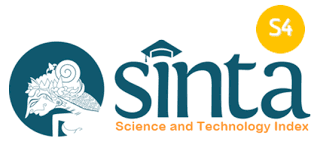Optimasi Kecukupan Ruang Terbuka Hijau Melalui Perhitungan Potensi Rosot Karbon
Suatu Studi di PLTU XYZ
DOI:
https://doi.org/10.21009/IJEEM.042.03Abstract
The concentration of CO2 gas in the air has continued to increase since before the industrial revolution until 2017. This condition is exacerbated by the reduction of Green Open Space (RTH) which serves as an absorber of gas CO2. Private green open space has the potential to be developed as a CO2 reduction (carbon sink) content in the air. The Coal Fire Power Plant (CFPP) XYZ has an area of 72 hectares with open space of 18 hectares. The purpose of this study is to analyze the amount of carbon sink from Green Open Space of CFPP XYZ and planning for reforestation through the approach of carbon sink potential. Methodology of this research using quantitative methods with calculate biomass of three. The results showed the potential for carbon sink from existing green open space of the CFPP XYZ was 1,082.79 Ton CO2 eqf/year or 77.34 eqf Ton/Ha/year and reforestation through the carbon sink potential approach produces a carbon sink capability of 20,825 Ton CO2 eqf/year.






